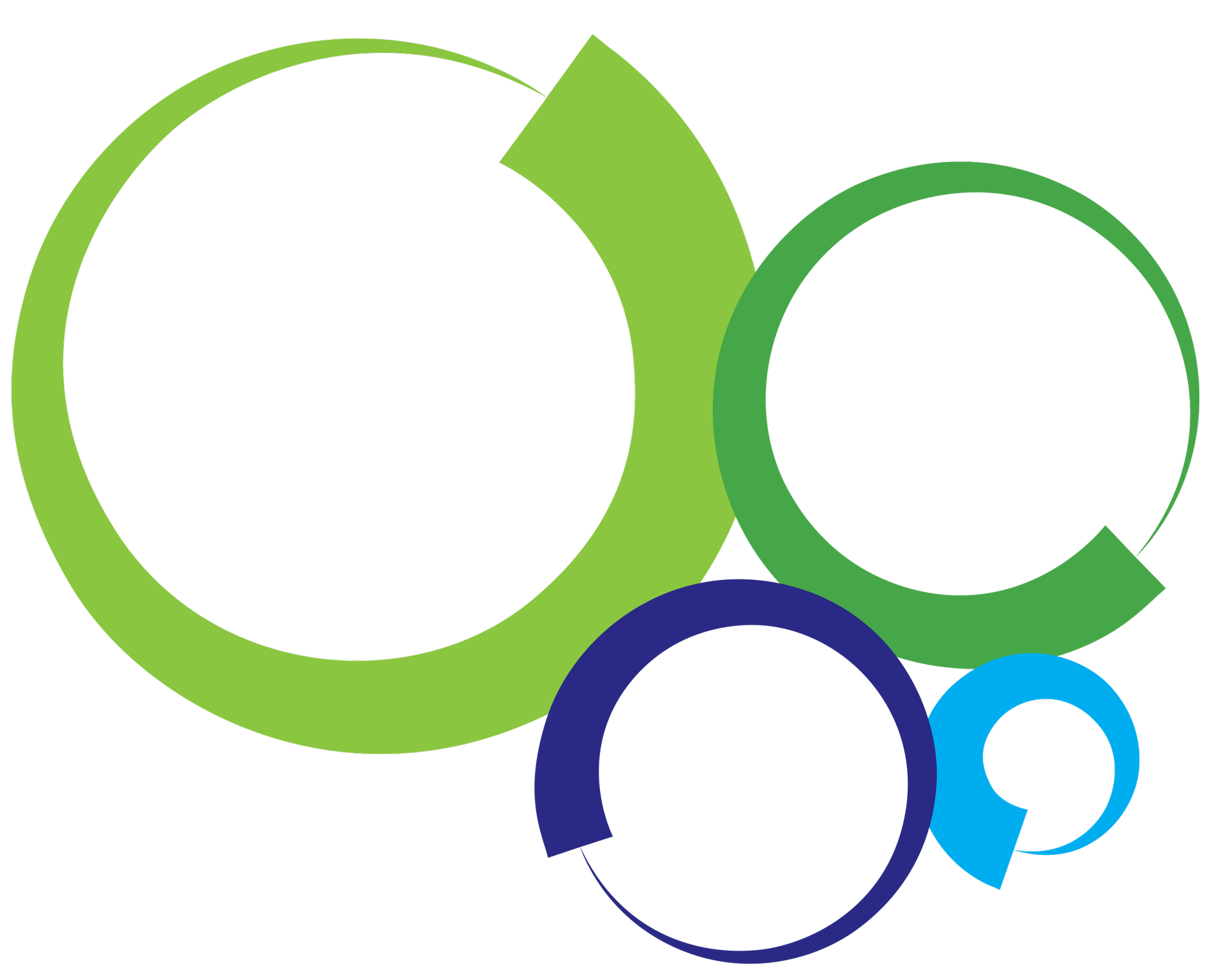Health in Lithgow
The Lithgow Local Government Area (LGA) spans 4,551 sq km and is located 140 kilometres west of the Sydney CBD, approximately 2 hours travel by car.
Lithgow lies almost wholly within the Wiradjuri Aboriginal nation, with the Gundungurra nation situated to the south and the Darug nation to the east.
The area is made up of one large urban centre called Lithgow, two townships called Portland and Wallerawang and numerous villages, hamlets and rural localities of varying proximity to Lithgow.
Current population level is 20,854 [source: Lithgow City Profile ID].
Health Statistics
Some key statistics pertaining to the health of the Lithgow area include:
- Median age is 47 years
- 32.2% of people are 60 years or older
- More residents work in healthcare and social assistance than any other industry
- 10% of people were born overseas and 4% spoke a language other than English at home
- 32% single person households
- The childhood immunisation rate is 82.2%
- The most prevalent diagnoses are hypertension (22.7%), hyperlipidaemia (7.3%), osteoarthritis (12.4%), depression (9.5%) and anxiety (9.0%)
- 72% of residents are overweight or obese
- 14% of residents are daily or irregular smokers
- There are 8 general practices and 4 community pharmacies
Health Priorities
- Transport difficulties - travelling to and from health care services
- Accommodation - when travelling long distances to access health services
- Aged care services - both in-home and residential care
- Knowledge, community expectations and where to go to get information
- Boundaries with accessing health services in other areas
- Workforce challenges - shortage of health care providers
- Aboriginal health services - shortage of services
- Mental health services - shortage of local services, highest rates of suicide in NBM region.
- Communication - improving communication between health services, health providers and consumers.
- Domestic violence – support for victims of domestic violence
- Cancer screening – amongst the lowest participation rates for bowel, breast and cervical cancer screening
- After hour GP services – less access to after hours GP support and higher use of Emergency Department services
- Alcohol and Other Drugs – need for specialised addiction support services and community-based OTP prescribers





